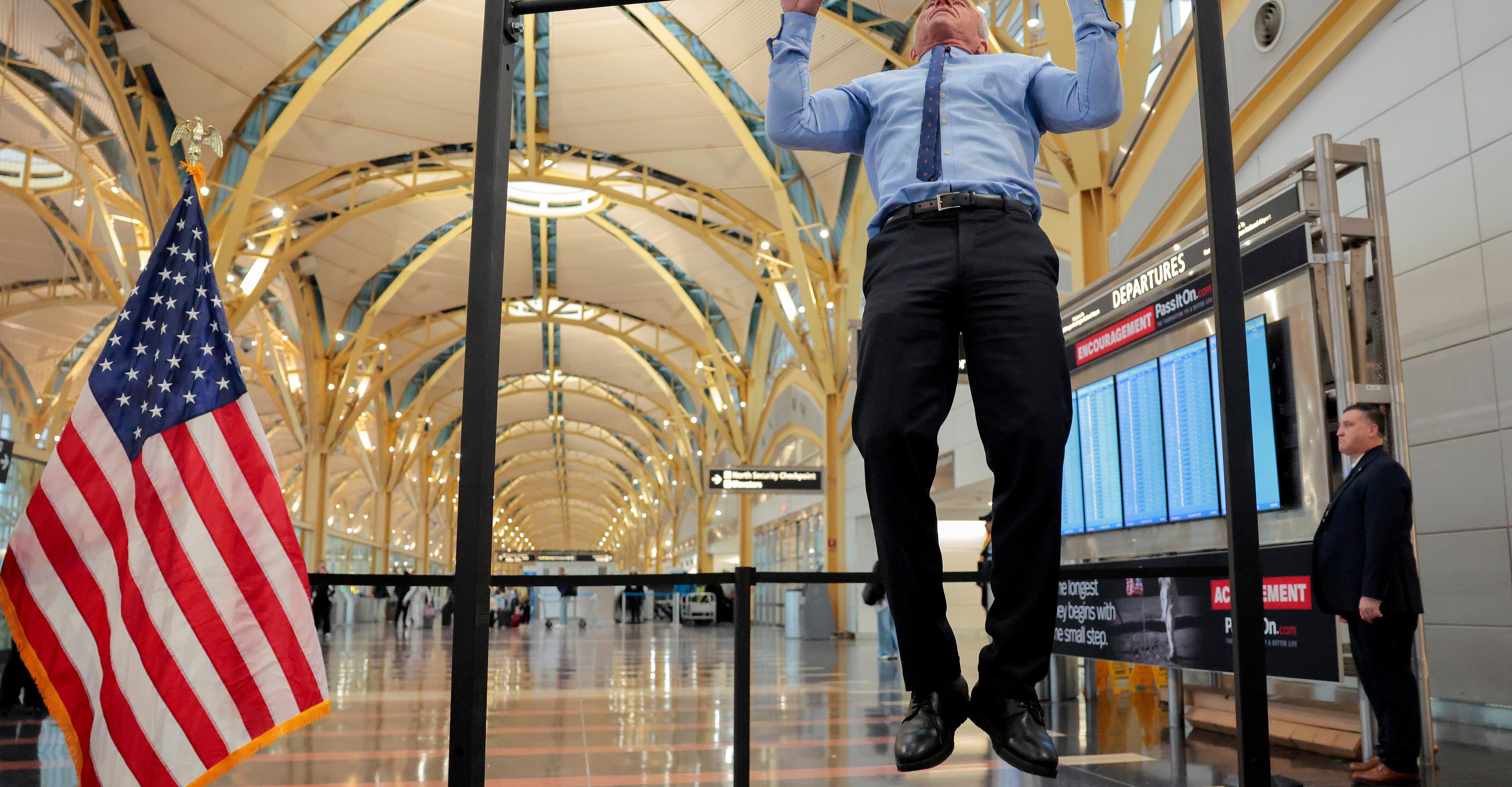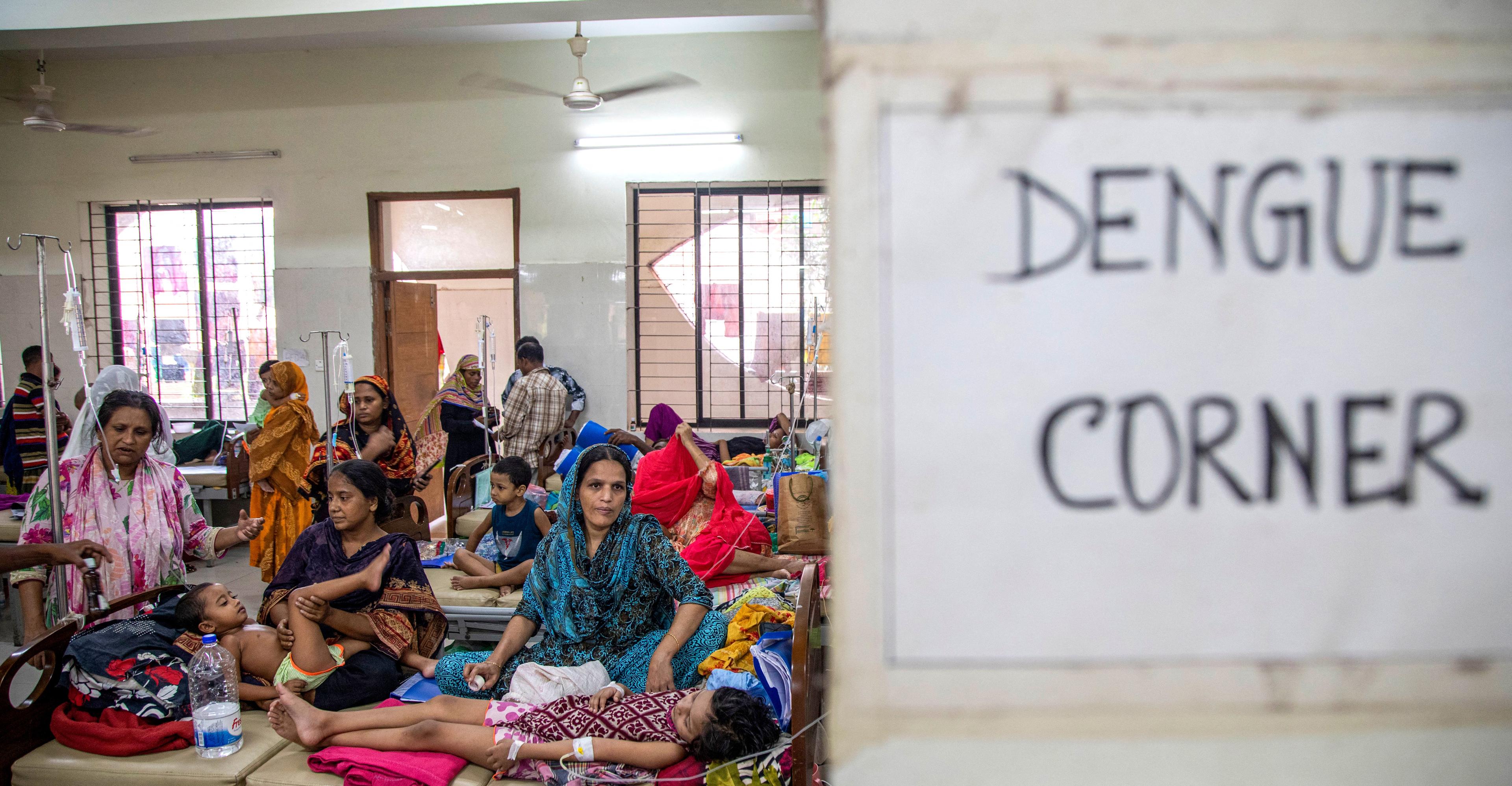Authorities organized inspection of local cultural relics and discovered the collapse site


A section of the Great Wall dating back to the Ming Dynasty (1368-1644) collapsed after a 6.9 magnitude earthquake hit Northwest China's Qinghai Province on Saturday midnight at a depth of 10 kilometers.
According to the Global Times, two meters of the Great Wall collapsed in Shandan county, Northwest China's Gansu Province, which is 114 kilometers away from the epicenter in Menyuan county, in the Haibei Tibetan Autonomous Prefecture in Qinghai.
After the strong seism, authorities organized an inspection of local cultural relics and discovered the collapse site. A primary protection has been installed and the repair and restoration work is in process.
The quake struck an area that was sparsely populated but multiple bigger cities felt the tremor. There were no reports of deaths but nine people were injured, among whom eight were discharged from the hospital and one is still under observation.
Shi Yucheng, chief of the Gansu Earthquake Agency, told media that the closest residential area is 40 kilometers away from the epicenter, which is on an earthquake belt and locals are used to dealing with tremors.
In the local battle against poverty, the houses of residents were upgraded or refurbished to be quake-proof, which also contributed to reducing casualties in an earthquake of such magnitude, Shi said.
Earlier, an earthquake of magnitude 6.3 struck northern Qinghai in China on Saturday, the European Mediterranean Seismological Centre (EMSC) said. The quake was at a depth of 10 km, EMSC said.
Earlier in the day, a 5.6-magnitude earthquake rattled Peru's capital of Lima and surrounding areas, leaving at least one person injured and some homes damaged, authorities said.
The quake was registered at 5:27 am (1027 GMT), with its epicentre 19 kilometres (12 miles) northeast of Lima at a depth of 116 kilometres, according to the Geophysical Institute of Peru (IGP).
Authorities reported one person injured and three homes damaged around Lima, while a major highway linking the capital to central Peru was blocked by fallen rocks.
Some people in the capital fled their shaking homes in panic in the highly seismic country.
Jeison Arapa, 28, was injured when he fell from the third floor of his home while trying to evacuate, civil defence authorities said.
IGP director Hernando Tavera said the shaking was intense due to the depth of the quake.
"It is possible that this moderate-magnitude event has generated, in high areas, rockfalls and landslides on roads and in valleys, and even possible damage to precarious homes," he said in a statement on the institute´s website.
The quake was felt in the provinces of Canete and Chincha to the south of Lima, and in the port city of Chimbote nearly 400 kilometres to the capital's north.
Navy hydrography experts ruled out a tsunami.
Dolphins' McDaniel opens door to benching Tua
- 6 hours ago
Jets release receiver Lazard, last Rodgers-era link
- 6 hours ago
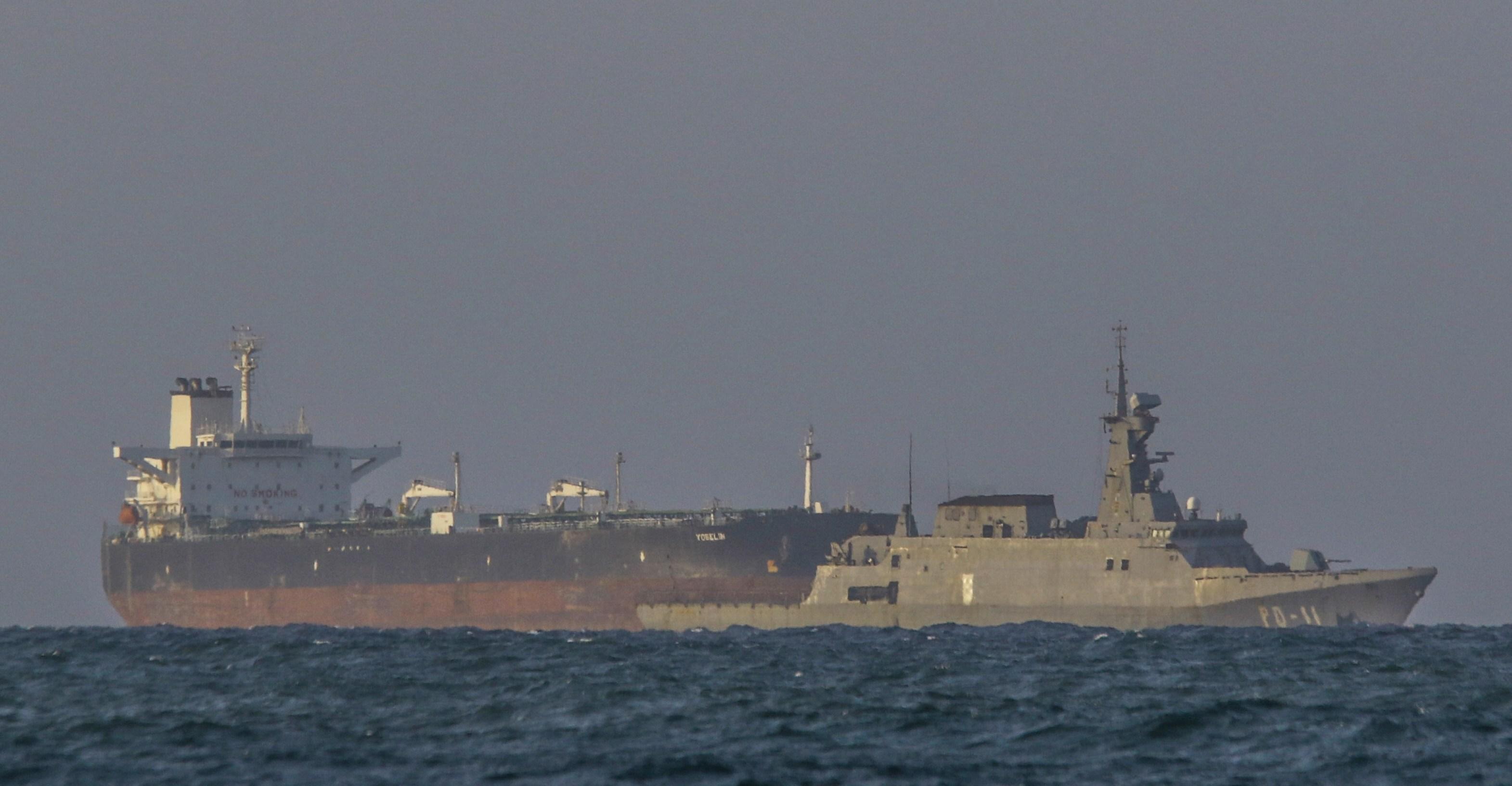
The global shadow economy behind Trump’s latest move on Venezuela
- 16 hours ago

Technical, vocational training system being aligned with int’l standards: PM Shebaz
- 9 hours ago
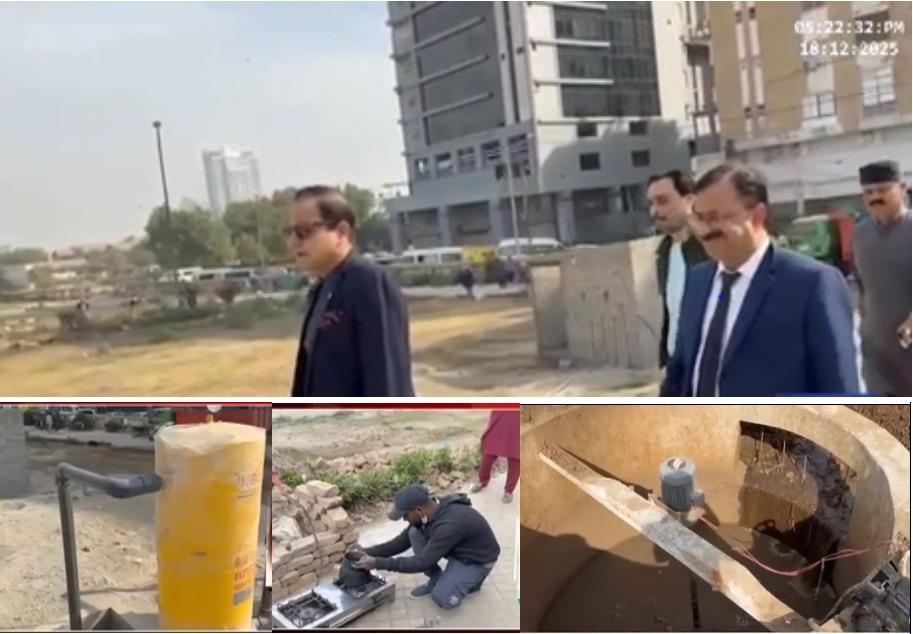
Mayor emphasises importance of waste-to-energy projects for Karachi
- 35 minutes ago
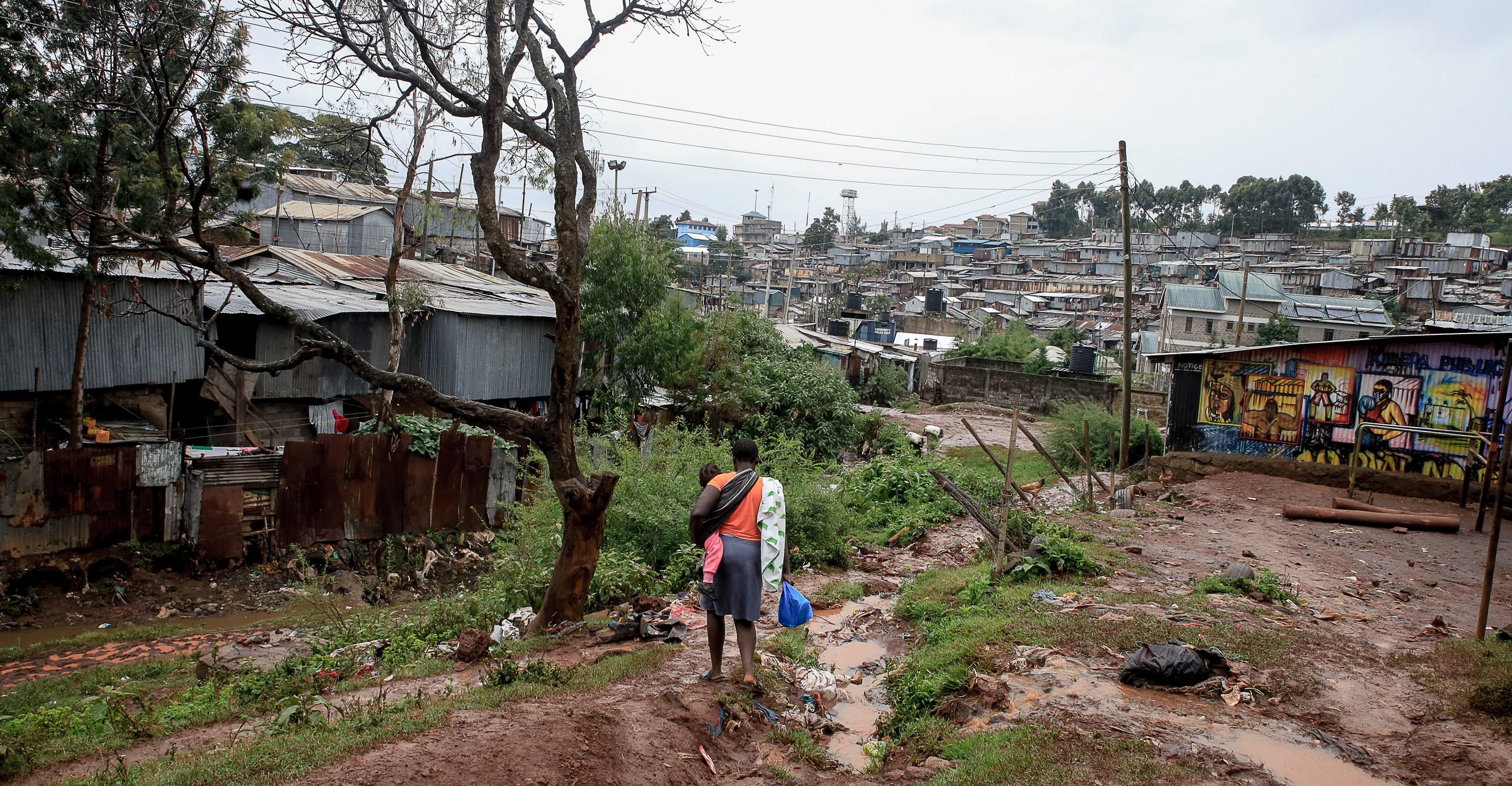
The low, low cost of ending extreme poverty
- 16 hours ago

When your AI boyfriend gets you better than your spouse
- 7 hours ago

Pakistan voices concern over manipulation of flow of Chenab River by India
- 6 hours ago

Field Marshal Asim Munir pledges to cement defence ties with Libya
- 9 hours ago
Browns LB Bush found not guilty in assault trial
- 6 hours ago
25% Decline in foreign investment in Pakistan:State bank report
- 3 hours ago

Prime Minister Shehbaz Sharif has approved Halal meat export policy
- 8 hours ago


